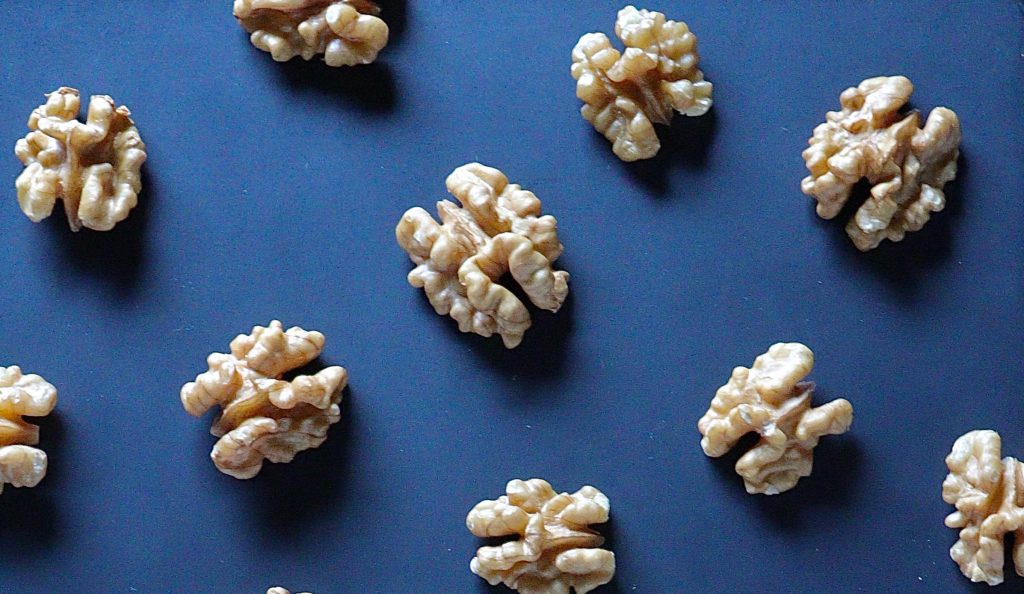This post is also available in Dutch.
Humans are capable of amazing things. We think we are an evolutionary success: we built the Colosseum and the Taj Mahal, we can create songs like sweet child o’ mine and enjoy them at concerts. For some time, scientists hypothesized that the relative size of our brains or the number of neurons we have might explain humanity’s exceptionalism. This implies that other animal species with (relative and absolute) smaller brain sizes are unable to do remarkable things. But is this really the case?
Bees are capable of elaborate learning
It is widely believed that by mastering a spatial concept like recognizing when an object is above (or below) a reference one is a vertebrate prerogative. Non-human primates and pigeons, for example, can learn tasks that involve spatial learning.
In 2011, researchers trained honeybees on tasks that included visual cues and spatial memory. They put bees in a Y-shaped maze: one of the arms of the maze showed an image with a specific shape below a black horizontal bar (target), the other one showed an image with the same shape above the target. During the training phase, a group of bees learned to always choose the image above the target. In the test phase, researchers tested whether the bees could select the image with the correct spatial relation between the shape and the target, even when a new shape was presented. Researchers found that, despite their tiny brains, bees can be trained and can perform this task well.
Do moths have memory of caterpillars?
In Sicily (where I am originally from), we make fruit-shaped sweets called “frutta martorana”. I used to love them as a kid, but once, after eating some, I had a strong headache and I felt bad for an entire afternoon. From that that episode on, I can’t stand the smell or the taste of them any longer. This is what experts call associative learning: associate a bad experience (headache) to a neutral event (eating the frutta martorana). This is a small and partial insight on how we learn from experience and on the evolution of our brains: events that are closely correlated in time, tend to be associated and learnt together.
Behaving efficiently is a key feature for adapting to the environment, and it’s not new that animals can do that by learning from it in an associative fashion. So it shouldn’t sound surprising that in 2008 researchers found out that moths can be trained to avoid an odor because it has been presented combined with an unpleasant stimulus in a pre-training phase. What is surprising is that the moths used in the experiment were trained before the metamorphosis, so when they were caterpillars, and were tested after the metamorphosis: thus, they can retain memories from an early stage of their lives.
In conclusion, we can say that tiny animals can learn amazing things that we would have never expected. The neurobiology of some parts of the honey bees brain (the mushroom body), inspired scientists from UK and Australia to propose a simple neural model that is capable of learning the concepts of sameness and difference in simple associative learning tasks. So, despite their dimensions, we are using insects’ brains to gain better knowledge on how the nervous system encodes abstract concepts.
Picture credit: Annie Spratt from Unsplash
Author: Francesca
Buddy: Rebecca
Editor: Ellen
Translator: Wessel
Editor translation: Felix
